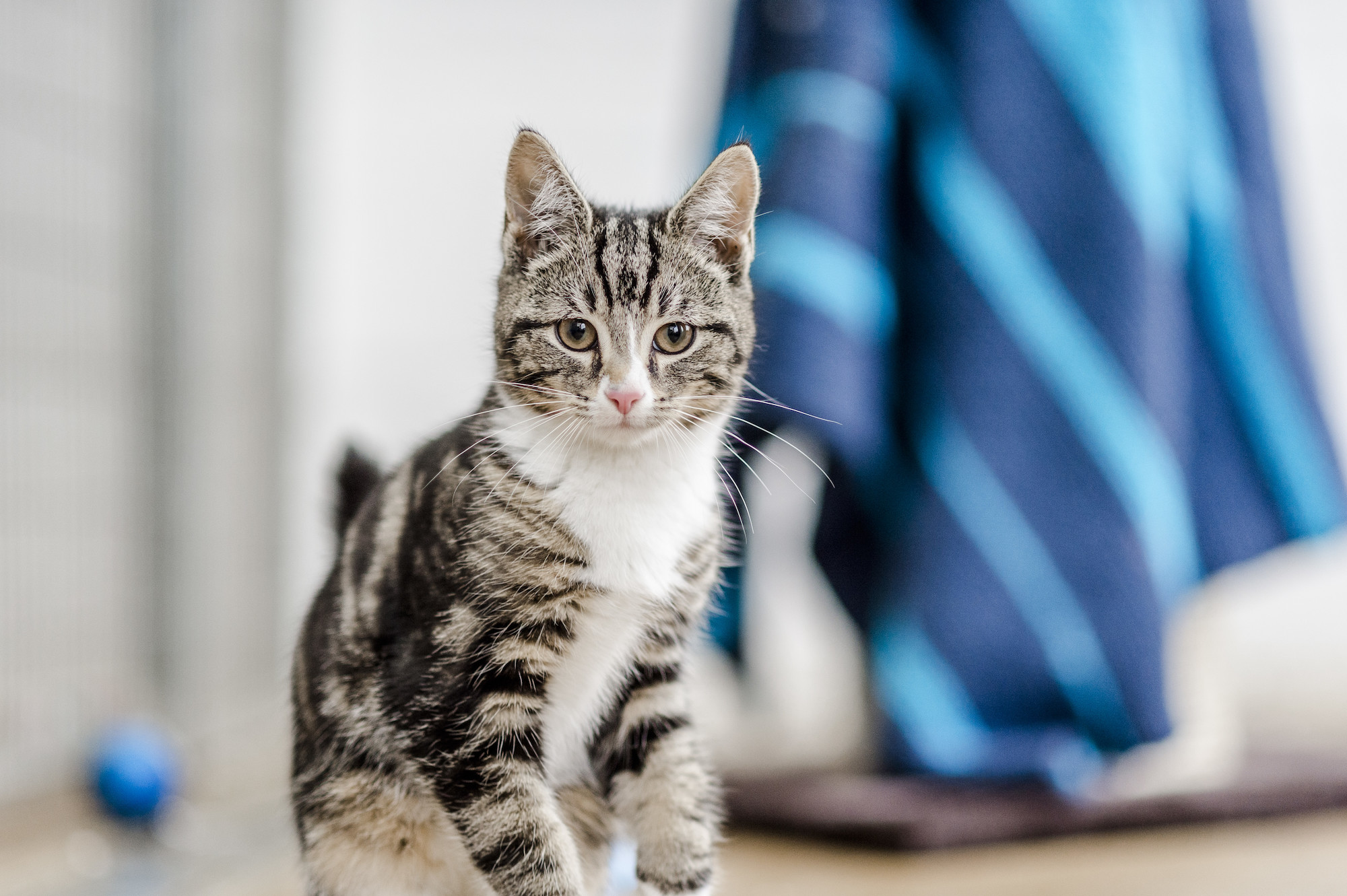
Clicker training dogs and cats
Clicker training is a really great way of teaching your pet new things in a positive way and making learning fun for both of you. You can clicker train any animal, including dogs, cats, horses and rabbits.
What is clicker training?
Clicker training is a positive training method based on rewarding an animal for good behaviour. Your pet learns to understand that the sound of the click means “that’s right” and that a food treat is coming.
A click is more effective than your voice for two reasons. Firstly, your mood will influence how you sound and can make your voice inconsistent. Secondly, by the time you’ve praised your pet they might have moved on to something else. A clicker gives a quick, clear and consistent signal to your pet.
When animals are rewarded for the right behaviour, they’re more likely to repeat it and look for ways that they can offer that behaviour so they get a treat, making training more of a game than a chore for them – and you!
TOP TIP: The click must be an absolute guarantee that your pet will immediately get a reward. So the golden rule is: every time you click, give your pet a treat, even if you clicked at the wrong time.
First things first
All you need to get started is a special clicker and some food treats.
You can buy clickers online and at most pet shops and they only cost a couple of pounds. Before you start using one, check to make sure your pet isn’t sound sensitive. Some animals may be frightened by the unfamiliar sound of the click.
Make sure you’ve stocked up on the right kind of food treats – this is, literally, the key ingredient! For dogs the treat should be about the size of your little fingernail and ideas include cheesy treats or fresh chicken. If you’re training in a park where there are lots of distractions a really tasty treat, like ham, will help to keep them interested.
For cats you could use bits of shredded chicken or a piece of wet food on a teaspoon and there are lots of healthy bite-sized treats on the market especially for horses, like dried apple. For rabbits, try tiny pieces of carrot.
TOP TIP: During training sessions, your pet could get lots of treats so make sure you manage their overall diet so they don’t become overweight.
Getting started
Find a quiet area where you and your pet can concentrate. With your pet beside you, click once and then immediately give them a treat. Don’t point the clicker at your pet or click too close to their ears. Repeat this a few times until your pet becomes alert to the sound of the click and looks to you for a treat.
TOP TIP: Clicker training works in four basic steps:
- Get the desired behaviour
- Click the behaviour while it’s happening (not afterwards)
- Reward your pet immediately
- The click means the end of the exercise so allow your pet to relax and enjoy their treat before you start again
Next steps
Now your pet has made the association between a click and a treat you can start to teach them new skills.
One of the easiest things to start with is to teach them to touch an obvious target, like a mat on the floor, a ball on a stick or your hand.
As your pet approaches the target, click and treat. You don’t have to wait until they touch it because you’re shaping their behaviour and rewarding small steps towards the end goal. At this stage let the clicker speak for itself – if you say anything it could be distracting.
When your pet actually touches the target, click immediately and reward them with extra treats so they know they’ve hit the jackpot.
Soon your pet will see a target and go straight to it and at this point you can start to add a word that indicates what you want your pet to do. For instance, if your pet is about to touch the target, say “touch”, wait for them to touch the target and then click and treat.
Repeat this over the next few days until the cue alone prompts your pet to go and touch the target. Then you can progress to only clicking and treating the target touches that you have asked for on cue. So if your pet touches the target without you asking them to you don’t click and treat. Once your pet only touches the target when you ask them to you can start phasing out the click, which also means phasing out the treats. But it’s important that you still make sure they know they’ve done well, whether it’s telling them “good boy” or giving them a scratch, or giving them treats every now and then.




